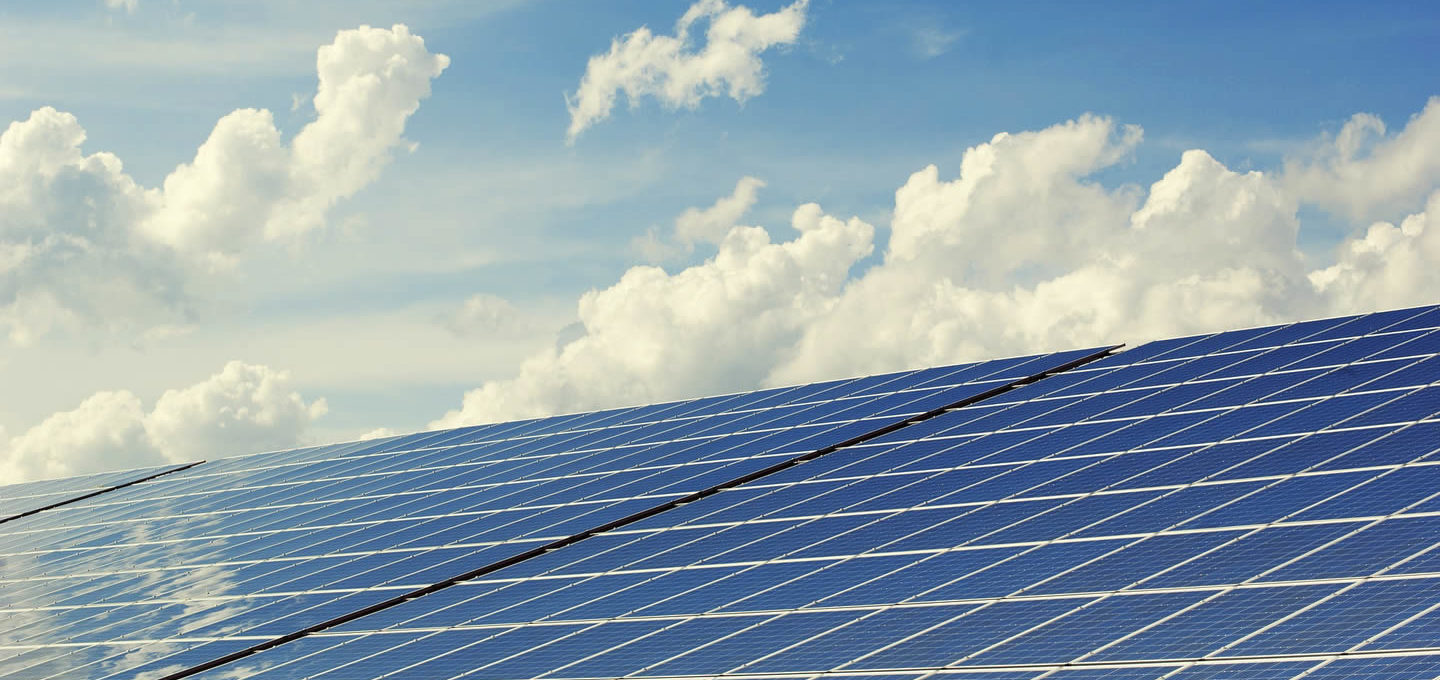Conservation of energy has become a mandatory requirement in the construction industry, legislated at a federal level. There are four key areas of housebuilding that are concerned with energy efficiency:
1. Passive building design
Modern houses are required to be designed for optimum heat retention, and must be completely insulated without the any thermal bridging effects. Houses should have an airtight building envelope, so outside air cannot enter and conditioned air from the interior cannot escape. The windows and doors should be triple paned for heat retention, and have a system of balanced heat and moisture recovery ventilation. The building should also make best use of available solar gain, to ensure heat retention in winter and reduce overheating in the summer
2. Low energy construction materials
There are new low energy materials now being developed on a constant basis. For the structure itself, there are custom designed steel beams and panels made from recycled metal, insulated concrete forms, plant-based Polyurethane Rigid Foam, composite lumber made from recycled wood and plastics, and panels made from a layer of foam insulation between sheets of plywood, strand board or cement panels. In non-structural areas, there are cool roofing solutions and low emissivity windows that have a coating of metallic oxide.
3. Energy efficient construction equipment
The energy use of the machinery used in the modern building trade can be very high, and in the drive to reduce energy consumption in the building itself, the consumption of fuel and resources by machines can be overlooked. Manufacturers are developing more energy efficient forklifts, excavators, cranes and trucks, but the smaller machines such as cement mixers and dehumidifiers are also a factor for consideration when evaluating the energy usage of the entire project.
4. Incorporating renewable energy technologies
More familiar to consumers than innovative building materials are the technologies that make use of renewable resources such as:
- Solar panel or shingle photovoltaic systems
- Wind electric turbine systems
- Microhydropower systems
- Hybrid electric systems (solar and wind).
- Geothermal energy systems
- Air source energy systems
The role of the International Energy Conservation Code
The IECC is endorsed by the Department of Energy, and is comprised of codes aimed at reducing energy consumption in construction. Interested parties and industry experts review and amend the codes every three years, following a lengthy consultation process. The code is cited in federal law, with state and local jurisdictions adopting and enforcing it. The IECC regulates the energy consumption of new buildings and major renovations, and builders are required to comply with the code.
In 2018, IECC residential code changes will come into effect that will further refine the stringent energy saving requirements of the code; so, if you work in the construction industry, you’ll want to view courses available to you, in which offer you the new information for you to learn from. Such courses are available to you, and it’s imperative that builders take it upon themselves to learn of these changes.
Using the most technologically efficient processes during a building project is easier and less wasteful than trying to incorporate energy saving modifications post-build. These technologies are being developed, refined and made more efficient at a rapid rate. In addition, substantial investment is being made into alternatives to fossil fuels. All these factors point to a healthy future for energy efficiency in the construction industry.
Photograph by Andreas160578

